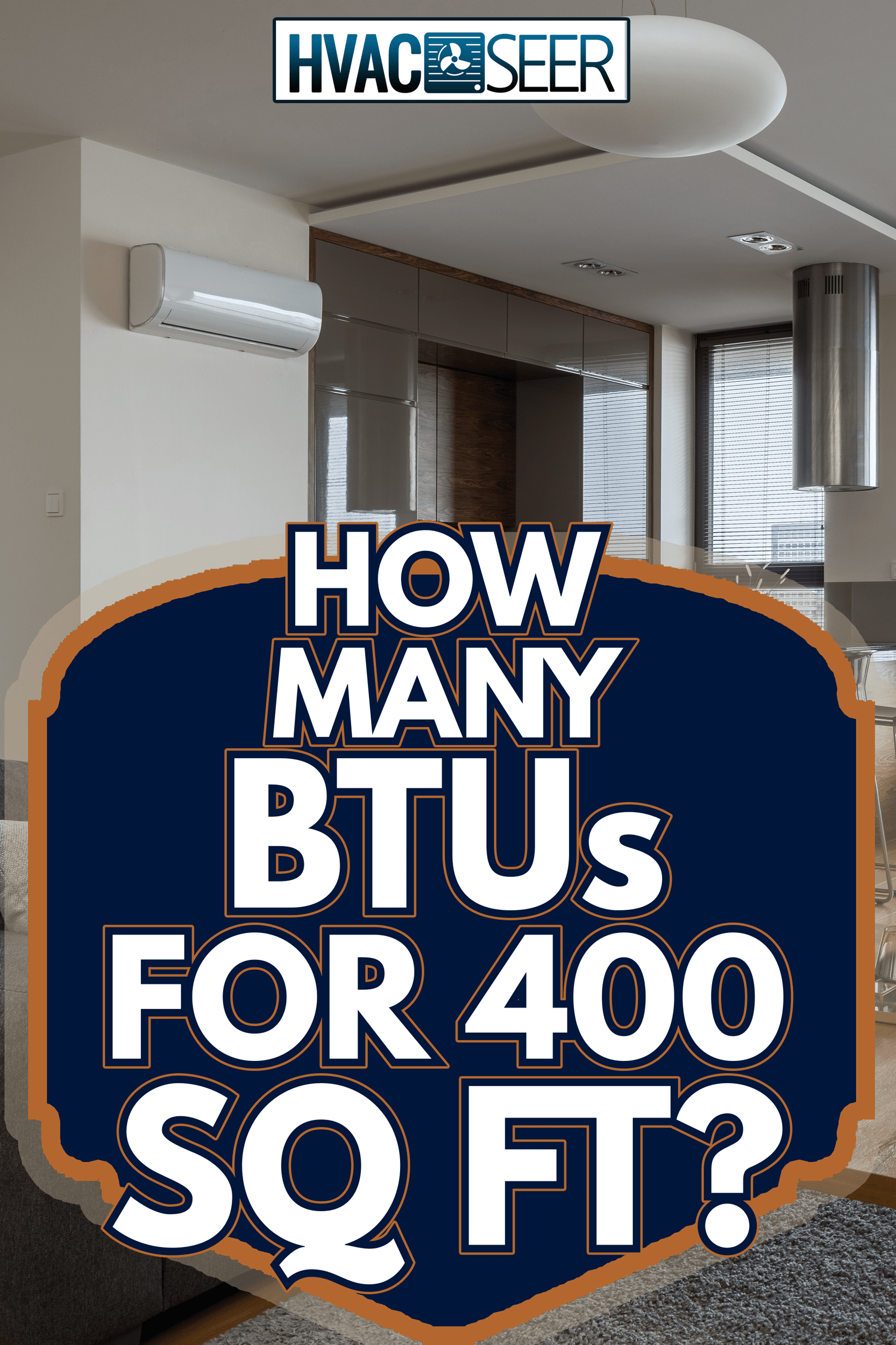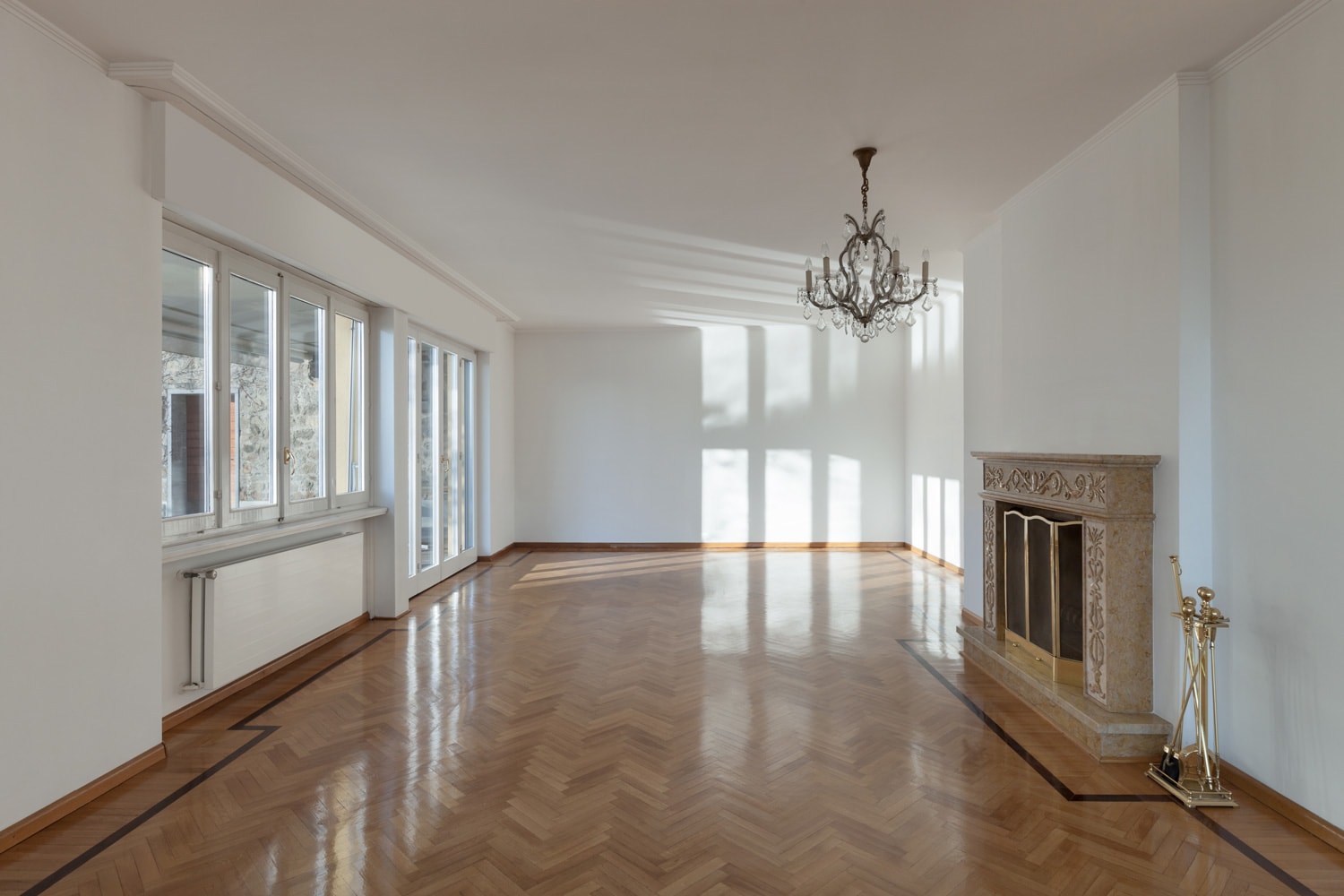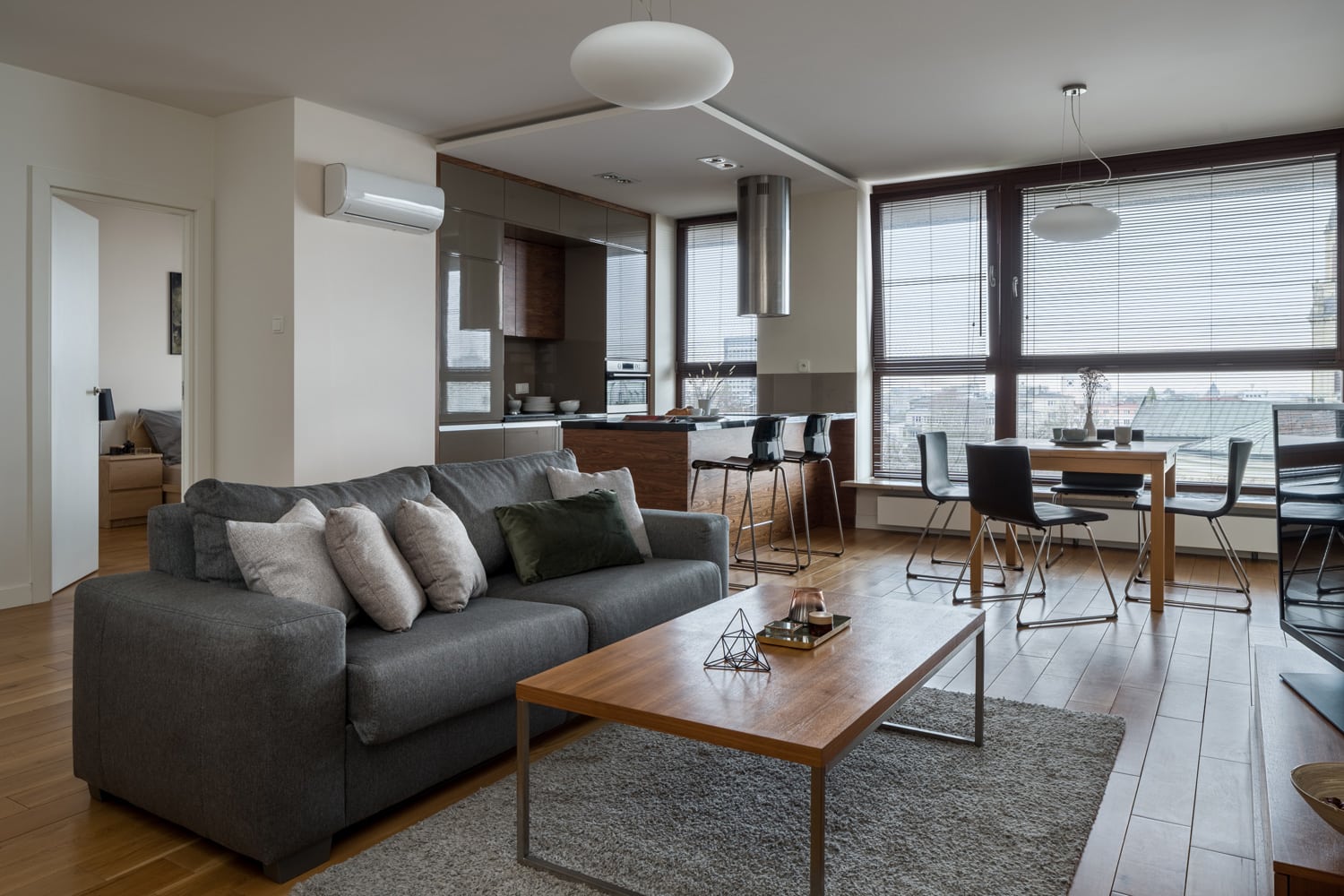Becoming familiar with your AC's cooling capacity is important. If you're wondering how many BTUs are needed for an area of 400 square feet, how to calculate this, and why it matters, you don't need to worry! We did research to find the answers to these questions.
To cover an area of 400 square feet, you need 8,000 BTUs. It indicates that the tonnage is 0.67, and that you can use an AC with a 0.75-ton capacity.
In this post, we'll talk about how many BTUs are needed for an area of 400 square feet. We'll go deeper into discussing the essence of the BTU in an air conditioning system. There's so much more to learn, so keep on reading!

What Is the BTU For 400 Square Feet?

BTU, or British Thermal Unit, is the standard measurement of an AC's tonnage or cooling capacity. A single ton is equal to 12,000 BTU for every 600 square feet, making it 20 BTU per square foot. Therefore, the formula for finding BTU per square foot is shown like this:
BTU = Area x 20
So to compute the number of BTUs for an area of 400 square feet, we can simply substitute the values. The equation should be like this:
BTU = 400 x 20
= 8,000
So, there are 8,000 BTUs in an area of 400 square feet.
This computation pertains to the cooling capacity of an air conditioner in a specific area. Since 8,000 BTUs are what we need, we should then identify the capacity of the AC we can use.
 What Is the Tonage For 400 Square Feet?
What Is the Tonage For 400 Square Feet?
Since 12,000 BTUs are equal to a single ton unit, we can find the tonnage by dividing the BTUs by 12,000. The formula will appear like this:
Tonnage = Given BTU ÷ 12,000 BTU
= 8,000 ÷ 12,000
= 0.67
Therefore, the tonnage for 8,000 BTU is 0.67.
Furthermore, because one ton equals 600 square feet, we can calculate the tonnage by dividing the area by 600. See below this equation:
Tonnage = Given area ÷ 600 sq. ft.
= 400 ÷ 600
= 0.67
You can see that we used two different formulas but ended up with one value of tonnage, which is 0.67. This means that you need a 0.67-ton unit of an AC to cover an area of 400 square feet.
So it's not good to use a 1-ton unit, as this will appear oversized. However, some manufacturers offer a 0.75-ton unit. It's best if you can find such tonnage, as this is closest to 0.67.

How to Find the Right Tonnage of AC?
Most AC manufacturers make the tonnage divisible by 0.5, and they do not usually customize to exactly 0.67-ton unit. We can compute the 0.5 and 0.75 tonnages to see which one is closest to 0.67-ton. See the solutions below.
First Difference
The difference between 0.67 and 0.5 is 0.17 as shown below:
1st difference = 0.67 - 0.5
= 0.17
Second Difference
The difference between 0.67 and 0.75 is 0.08 as shown below:
2nd difference = 0.75 - 0.67
= 0.08
Judging from the computations shown above, 0.75 and 0.67 have a difference of 0.08, which is lower than 0.17. Therefore, the nearest AC tonnage for 0.67 is 0.75.
Where to Find 0.75-Ton AC Unit?
Most AC units are available to purchase online or at your local department store. The manufacturers may vary on design, quality, and durability. However, you need to check if the seller of an AC unit has undergone proper inspection depending on the requirement of local authorities. Most AC units need to be inspected for the safety of buyers.
How Long Will it Take to Cover 400 Square Feet?
It's important to find out how long the AC can cool down an area. We have three formulas for finding the time in specific areas. You can choose which one is easiest to follow. See the formulas below.
1. Calculating Square Feet Per Minute
One ton unit of cooling per hour is equal to 12,000 BTUs. So it takes an hour to cover an area of 600 square feet. See the equation below.
1 hour = 12,000 BTU = 600 sq. ft.
We can use this equation to find how long an AC can cool down per square feet. See this equation:
600 sq. ft. ÷ 60 minutes = 10 sq. ft. per minute.
That's why it turns out that the formula for finding the time should be:
Time in minutes = Given area ÷ 10 sq. ft. per minute
Now, let's try to find out how long an AC can cool down an area of 400 square feet. See the solution below.
Time in minutes = 400 sq. ft. ÷ 10 sq. ft. per minute
= 40 minutes
Therefore, it takes about 40 minutes to cover the area of 400 square feet.
2. Multiplying Tonnage by Minutes
Since 1-ton unit is equal to an hour or 60 minutes, we can find how long the tonnage can cover up the area. See the computation below based on the tonnage of 400 square feet:
Time in minutes = Given tonnage x 60 minutes
= 0.67 x 60 minutes
= 40.2 minutes
Therefore, a 0.67-ton unit can cool down an area of 400 square feet in approximately 40.2 minutes.
3. Using the Given BTU
Of course, we can use the given BTU to find how long it will take to cool down the area. So we can use this formula:
Time in minutes = (Given BTU ÷ 12,000 BTU) x 60 minutes
Let's try substituting the values. See the calculation below.
Time in minutes = (8,000 BTU ÷ 12,000 BTU) x 60
= 0.67 x 60
= 40.2 minutes
So 8,000 BTUs can cool down an area of 400 square feet in around 40.2 minutes.
Using these three formulas, we found out that it takes around 40 minutes to cool down an area of 400 square feet. So it should now be easier to estimate the time of cooling depending on what data you have.

Where to Install the AC?
It's relevant to discuss the best locations in your house for installing the AC. A list of important things to remember is provided below.
Airflow Away From the Bed
You can install the AC high above your bed, but the airflow should be directed away from your head. Instead, it should point to the opposite wall. This is best for avoiding headaches and becoming too cold when you sleep.
Otherwise, installing the AC on the wall opposite to your head will direct the air toward your face. You don't want to freeze while you sleep.
Correct Height
In estimation, AC units should be 7-8 feet high above the ground, while you can consider 3-4 feet high if the AC is a window type. Also, leave a 5–6 inch gap between the AC and the ceiling for maximum functionality.
No Obstacles
There should be no obstacles around the AC that may block the airflow. You can have 1-2 feet of space from the AC to the surrounding materials, like cabinets. This is to give space for the technician when they need to repair the AC, for instance.
Away From the Heat
You would want to place the AC away from the heat, especially in the kitchen. You should install it on the wall opposite to gas stoves and hot surfaces so that the AC will not absorb the gas when you're cooking.

Factors to Consider When Choosing an Air Conditioner
Choosing an AC means getting the best possible quality for the performance. Since we now know how to select the right size of AC, it's good to know what other factors you should consider. Familiarize yourself with these factors below.
Modes and Features
It's important to have an AC with different modes when operating. Common modes are cool, heat, dry, fan, and auto. These modes are very convenient when you need to adjust the AC depending on the weather.
Also, check if the AC has extra features like a remote, a programmable thermostat, and an additional filter. Some AC models don't have a remote, and some manufacturers offer a programmable thermostat. They sometimes supply an additional filter. You can check these features and see how much you will save compared to buying them separately.
If your AC does not come with a thermostat, then you can purchase a separate thermostat from an HVAC store.
See this thermostat on Amazon.
Efficiency
You should look for the EER of an AC to determine if it's worth the purchase. Higher EER means the AC is more efficient in utilizing the cost of consumption. As a result, your power bill may go down.
To Wrap Up
We hope you learned a lot from reading. Throughout the article, we figured out the BTU for an area of 400 square feet, which is 8,000 BTUs. We also discussed tonnage, how long an AC can cool down an area, and learned that there are important things to remember when deciding on the best location for installing an AC.
Additionally, we talked about the factors to consider when choosing an AC. Keep in mind that the capacity of an AC is crucial to cooling performance.
If you enjoyed reading this post, you should check out these useful articles:

